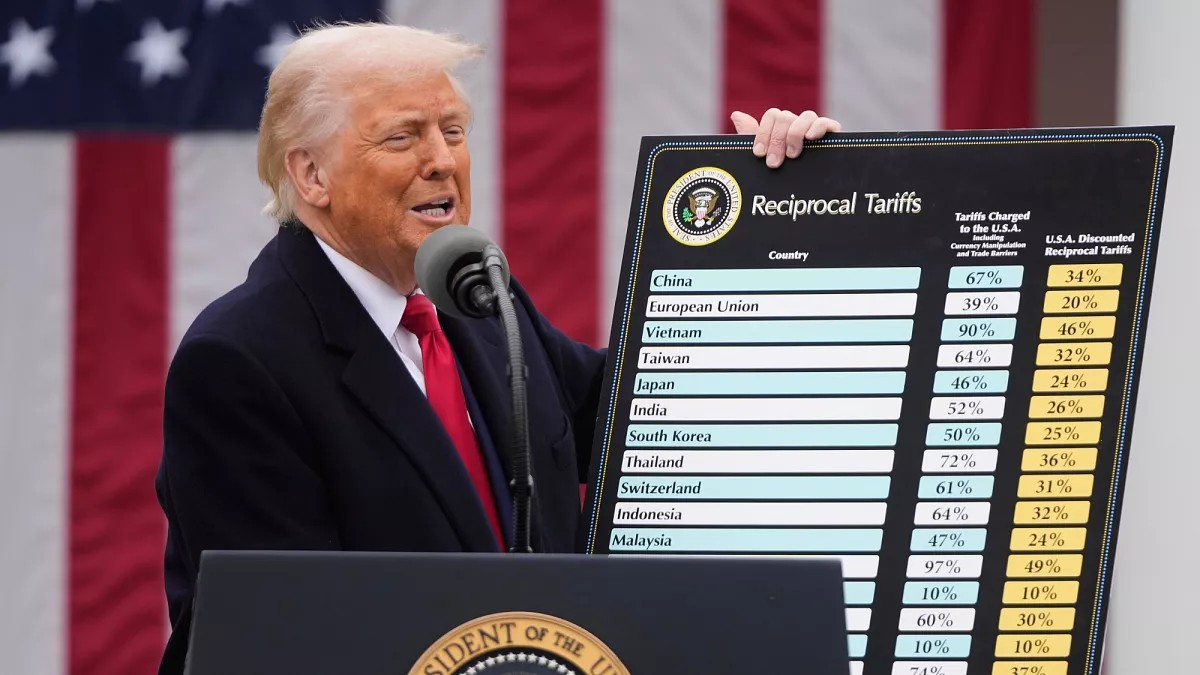|
|
TODAY.AZ / Politics
Armenian Education Ministry rewriting history: Claim filed against Russia
16 August 2024 [19:49] - TODAY.AZ
 By Fatime Letifova
By Fatime LetifovaWhat was the purpose of the Treaty of Turkmenchay?
The Treaty of Turkmenchay is considered one of the most devastating treaties of the 19th century. This is because, under this treaty, historical Azerbaijani lands were divided between Russia and Iran. One of the key conditions of the treaty was the resettlement of Armenians to Azerbaijani lands, specifically Iravan, Garabagh, and Nakhchivan. The main proponent of including this clause was Alexander Griboyedov, the then-Russian ambassador to Iran. This policy of Christianization and division continued until the fall of Tsarist Russia in the early 20th century.
It is interesting how these events are portrayed in Armenian history. This is because this document actually reveals the history and creation of Armenia as a state. Another fact confirming this is that after the establishment of Soviet power, Armenia became a centralized state on the territory of Azerbaijan's Iravan Khanate.
Armenian History
Although Armenians claim that their historical roots trace back to the ancient state of Urartu, it is an undeniable fact that during the 18th, 19th, and 20th centuries, the Armenian population in the South Caucasus was negligible compared to the Azerbaijani Turks.
The biased policies of Soviet power, over time, created conditions for Armenians to have their own state, and for this, Azerbaijani lands were considered suitable. In the following years, Russia remained silent on the crimes committed by Armenians against Azerbaijanis, such as the Khojaly and Meshali massacres, and even assisted them.
What is written in the history books?
A portion of the text from the updated history textbook for secondary schools has been published on the official website of the Armenian Ministry of Education and Science. This text not only denies the occupation of Azerbaijani lands but also denies the fact that Russian authorities supported Armenians for many years and helped them create a state. In the chapter titled "The Forced Incorporation of Eastern Armenia into Russia," the events of 1826-1828 are deliberately distorted. What Eastern Armenia is being referred to? It is expected that those who dared to draw the map of "Great Armenia" on the former Safavid and Ottoman lands are now again claiming the territories of other countries as their own.
Armenian-Russian Conflict
Another interesting fact is the "gratitude" currently being shown by Armenia towards Russia. It is clear that Russian officials are also surprised by this situation. After being defended and sheltered by Russia for centuries, and trying to establish a second puppet state in Garabagh under Russia's protection, it is ungrateful for Armenia to now make claims against Russia.
Despite the fact that former Russian authorities pursued exploration and occupation policies to seize Azerbaijan's oil fields and Caspian regions from the 1700s, Azerbaijan does not hold a grudge against the current Russian authorities and maintains its relations in a dynamic of development and peace. However, Armenia's distortion of both Azerbaijani and Russian history to portray itself as a victim is unacceptable. Moreover, using schoolchildren as tools for these actions, brainwashing the younger generation with false information to create bias against regional states, could only be expected from Armenia.
History repeats itself. Just as Armenians once betrayed the Azerbaijanis who welcomed them, they are now betraying the Russians. It is time to recall the poem by the Russian poet Alexander Pushkin: “You are a coward, you are a slave, you are Armenian!”
URL: http://www.today.az/news/politics/251807.html
 Print version
Print version
Connect with us. Get latest news and updates.
See Also
- 05 April 2025 [17:10]
Azerbaijani Defense Minister holds high-level military service meeting - 05 April 2025 [16:35]
Azerbaijan, Pakistan brainstorm interparliamentary relations - 05 April 2025 [16:20]
President of Uzbekistan makes phone call to President Ilham Aliyev - 05 April 2025 [13:25]
Euronews highlights Azerbaijan’s landmine challenges in special report - 05 April 2025 [12:47]
Relocation to Suqovushan village begins: 53 families to move - 05 April 2025 [10:00]
Briefing dedicated to humanitarian mine action in Azerbaijan held at UN - 04 April 2025 [14:34]
Azerbaijan, Russia mark 33rd anniversary of diplomatic ties with renewed commitment to alliance - 04 April 2025 [13:21]
Landmine toll reaches 388 in post-war Azerbaijan - 04 April 2025 [12:58]
Trial of Armenian-origin individuals accused of war crimes continues in Baku - 04 April 2025 [11:59]
Azerbaijan slams Armenia over unreliable landmine maps, urges international action
Most Popular
 Turkiye to introduce parental consent for social media users under age of 16
Turkiye to introduce parental consent for social media users under age of 16
 UK, Poland and Northern Europe want to create joint defense fund
UK, Poland and Northern Europe want to create joint defense fund
 How Donald Trump’s tariff impacts Azerbaijan’s trade with US [COMMENTARY]
How Donald Trump’s tariff impacts Azerbaijan’s trade with US [COMMENTARY]
 They are trying to sell the tale of "Saint Rubik" to Trump
They are trying to sell the tale of "Saint Rubik" to Trump
 Azerbaijan, Russia mark 33rd anniversary of diplomatic ties with renewed commitment to alliance
Azerbaijan, Russia mark 33rd anniversary of diplomatic ties with renewed commitment to alliance
 Underperformer strikes back
Underperformer strikes back
 Pezeshkian’s visit to Baku comes at critical time for Azerbaijan-Iran relations
Pezeshkian’s visit to Baku comes at critical time for Azerbaijan-Iran relations
